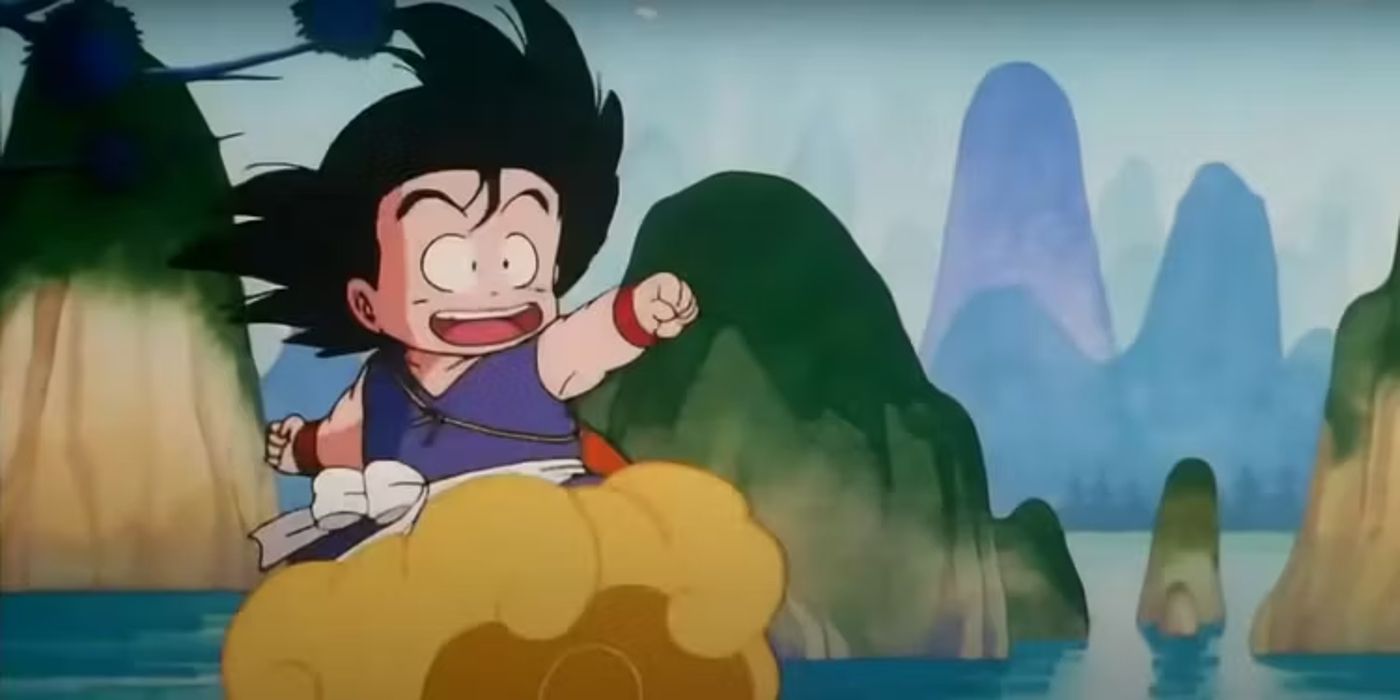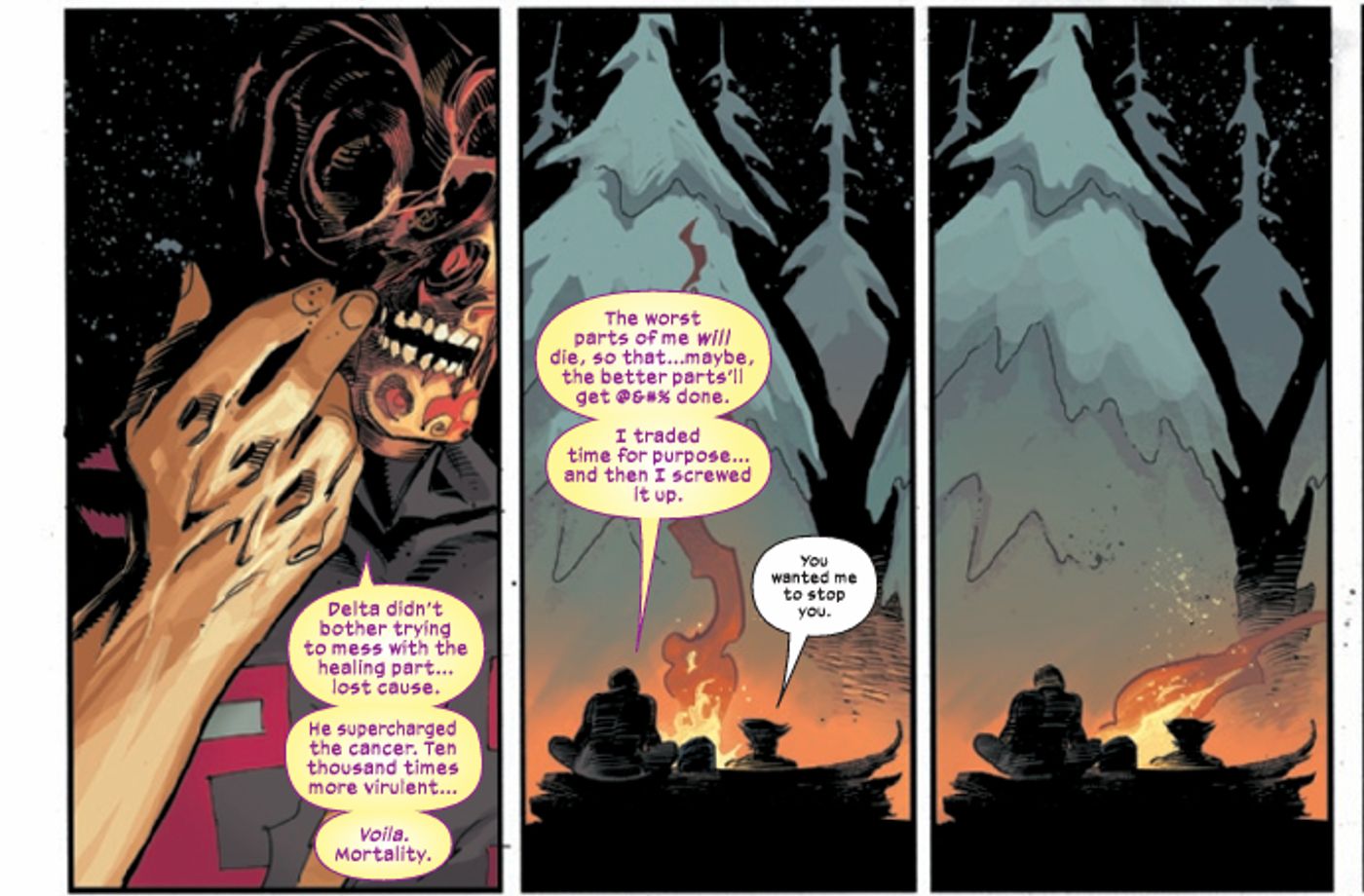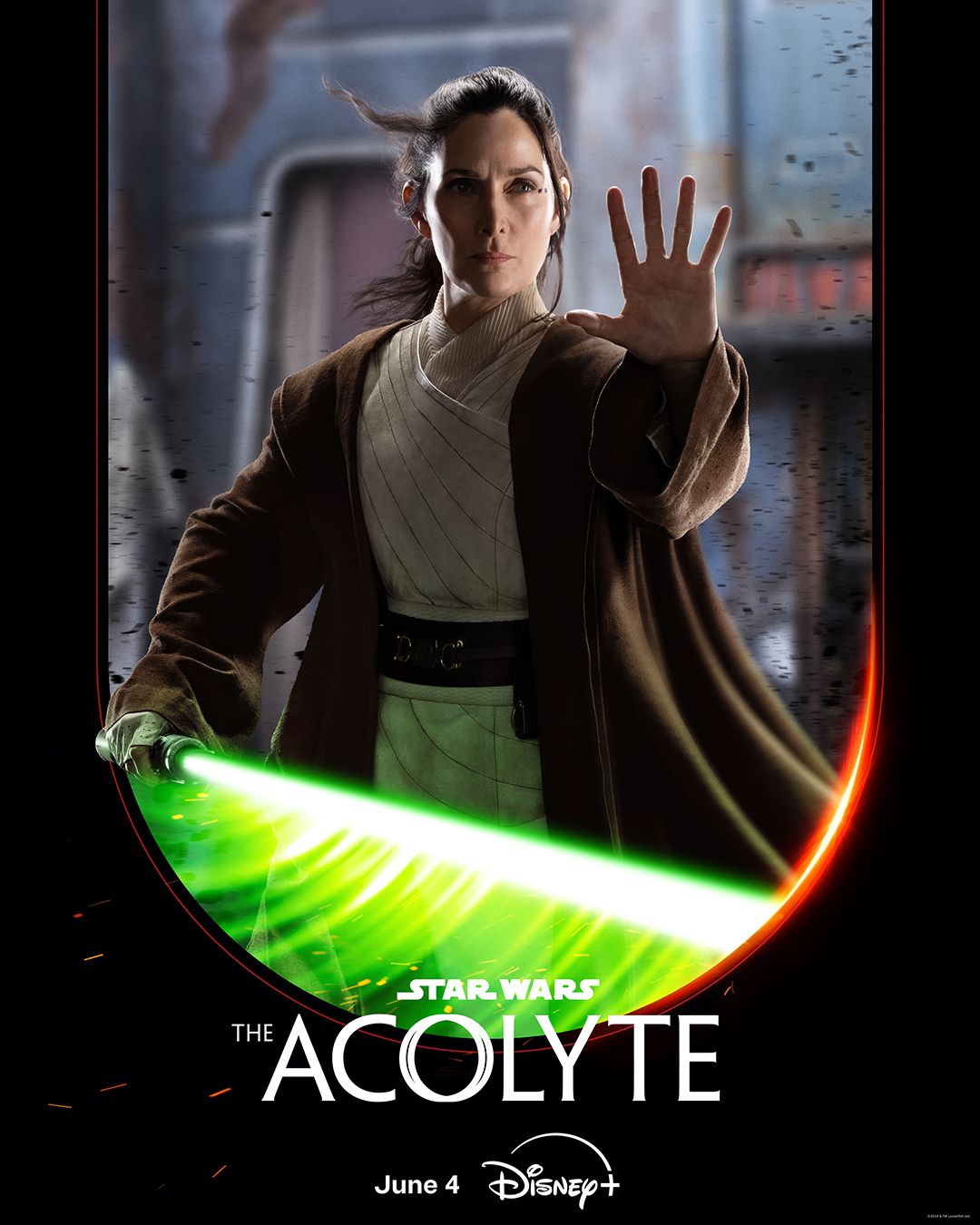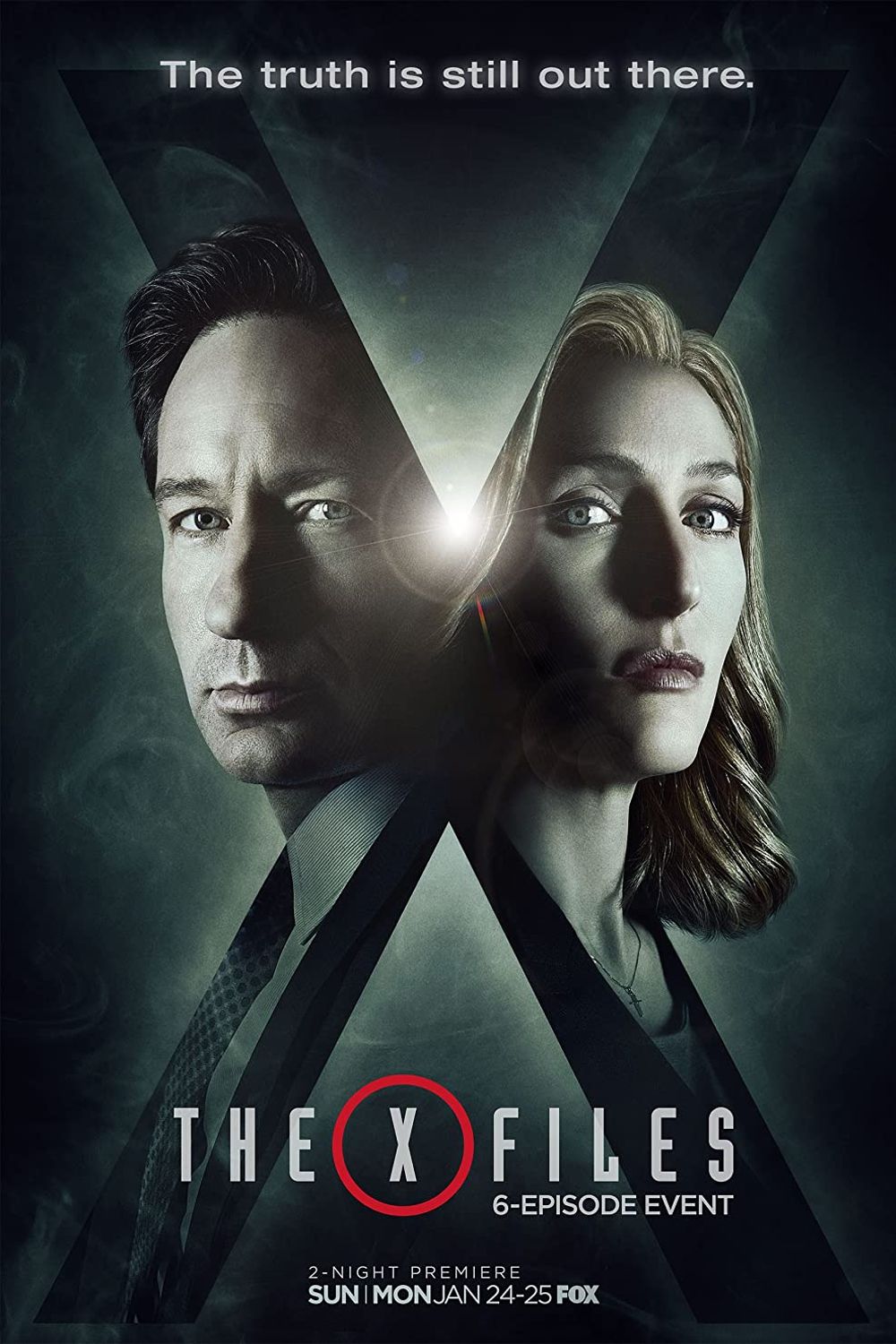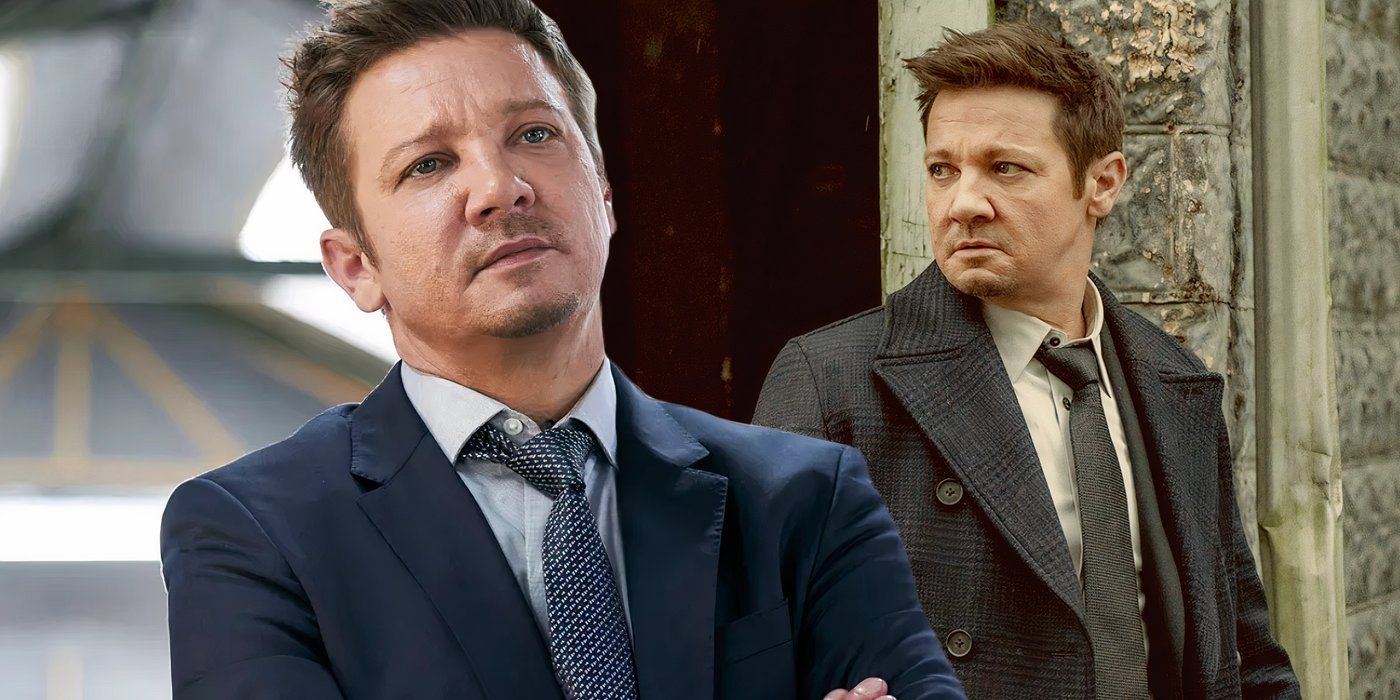The X-Men have had a long, tumultuous relationship with Marvel’s movie and TV offerings, but the comics have taken a considerable amount of influence from their various adaptations over the years. Instances in DC Comics in which the source material took notes from the movies and TV shows are more well-known, such as Harley Quinn’s introduction in Batman: The Animated Series, as well as the expanded backstory of Mr. Freeze. But Marvel Comics have been just as influenced, if not more so, by the popularity of their stories on screens big and small.
The X-Men have had their ups and downs in media representation, boasting well-recieved animated series and Marvel’s first successful film franchise. But it wasn’t that long ago that the mutants of Xavier’s School for Gifted Youngsters was put on the backburner by Marvel, with the movie studios’ lack of film rights for the characters hamstringing their comic appearances. As the X-Men slowly integrate into the MCU, it’s important to note how the X-Men comics have already been effected by Marvel movies and TV shows.
8 Magneto’s Helmet Being Used To Block Telepathy
The villain’s iconic headgear went from fashion statement to mental shield
Looking back, it seems obvious that Magneto’s helmet should’ve had a practical purpose — Defending him from his rival’s mental abilities. Yet it wasn’t until David Hayter upgraded Magneto’s helmet from a goofy costume choice to a means of protection against Charles Xavier’s telepathy in the first X-Men film that the comics had a good reason for Magneto to wear it in the first place. Curiously, the helmet was actually used in the comics to give Magneto the power of telepathy rather than protect him from it.
7 The Introduction of X-23 In X-Men: Evolution
For being such an iconic character, X-23 didn’t come from the comics
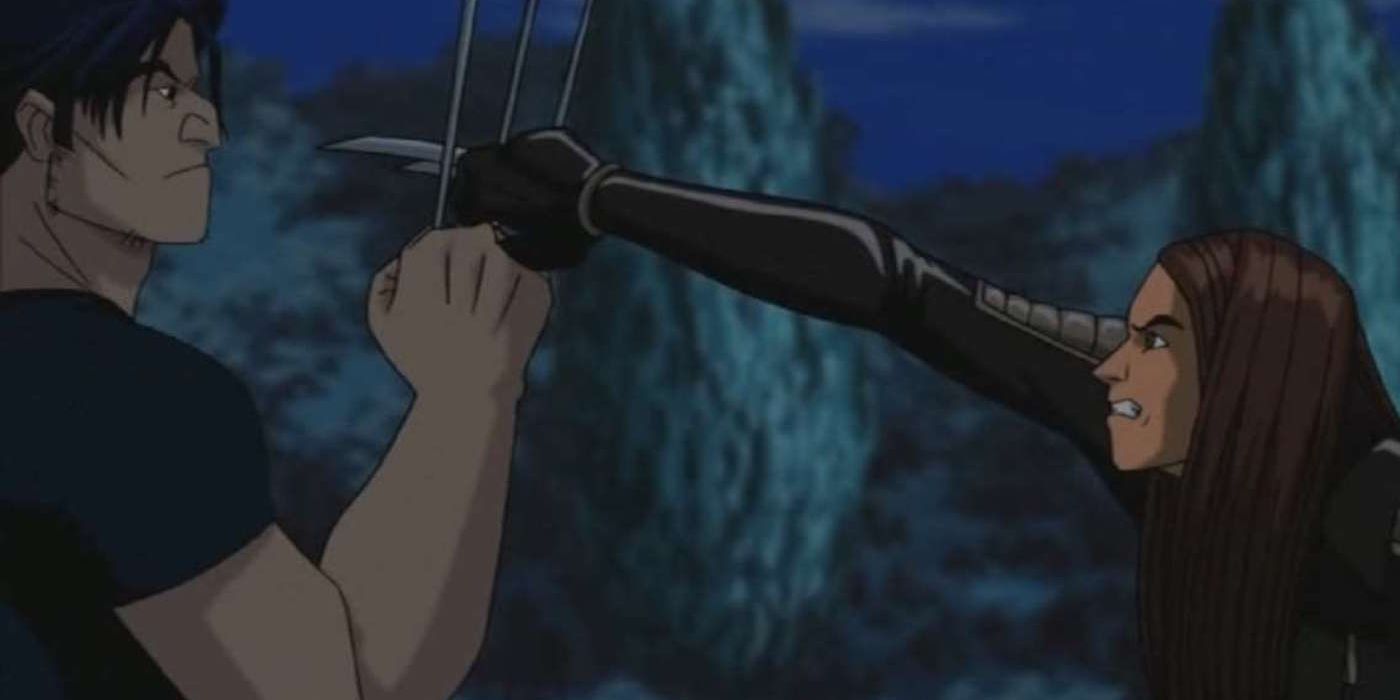
One of the most popular, more recent editions to the X-Men’s roster has been Laura Kinney, a.k.a. X-23. Raised to be a perfect assassin, X-23 was a clone of Wolverine who has a similar powerset, including an advanced healing factor and retractable blades on her hands and feet. Originally premiering the animated series X-Men: Evolution as a way to better connect the adult Logan to the series’ teenage cast, Laura has had an excellent translation into the comics, becoming popular enough to appear in the critically-lauded Logan.
6 The X-Men’s Iconic Black And Yellow Outfits Were Lifted From The Movies
The X-Men’s leather uniforms leapt from the screen to the page
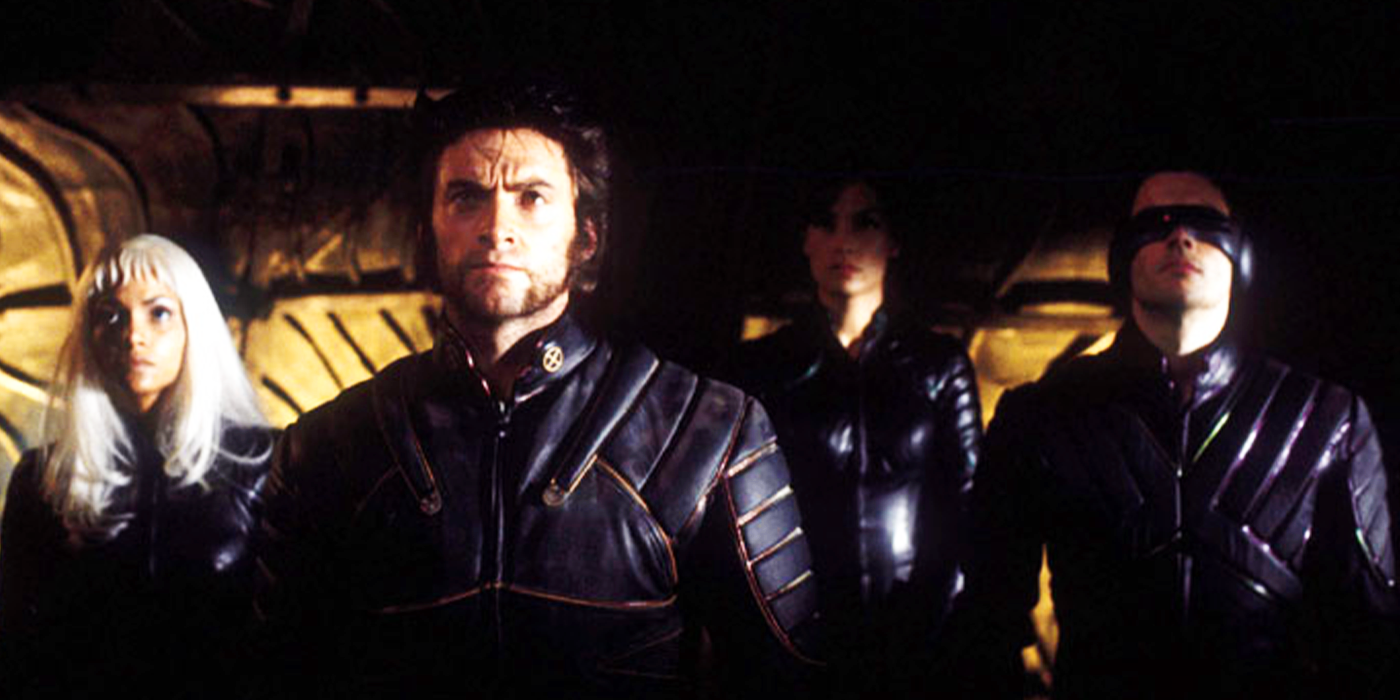
Rather than attempt to play the eye-catching blue and yellow outfits of the comics with a straight face, the first X-Men movie opted to give the eponymous mutant team a more regimented, militarized look, with mostly black leather outfits with bright yellow accents. Though some fans have bemoaned the movies’ lack of the classic blue and yellow, some of the comics that came soon after the movies followed suit. For the New X-Men comic run that began in 2001, writer Grant Morrison remarked the movie costumes got it “almost right”, adapting the cutting-edge leather for the comic book page.
5 Kamala Khan Being A Mutant
Ms. Marvel wasn’t always lumped in with the X-Men
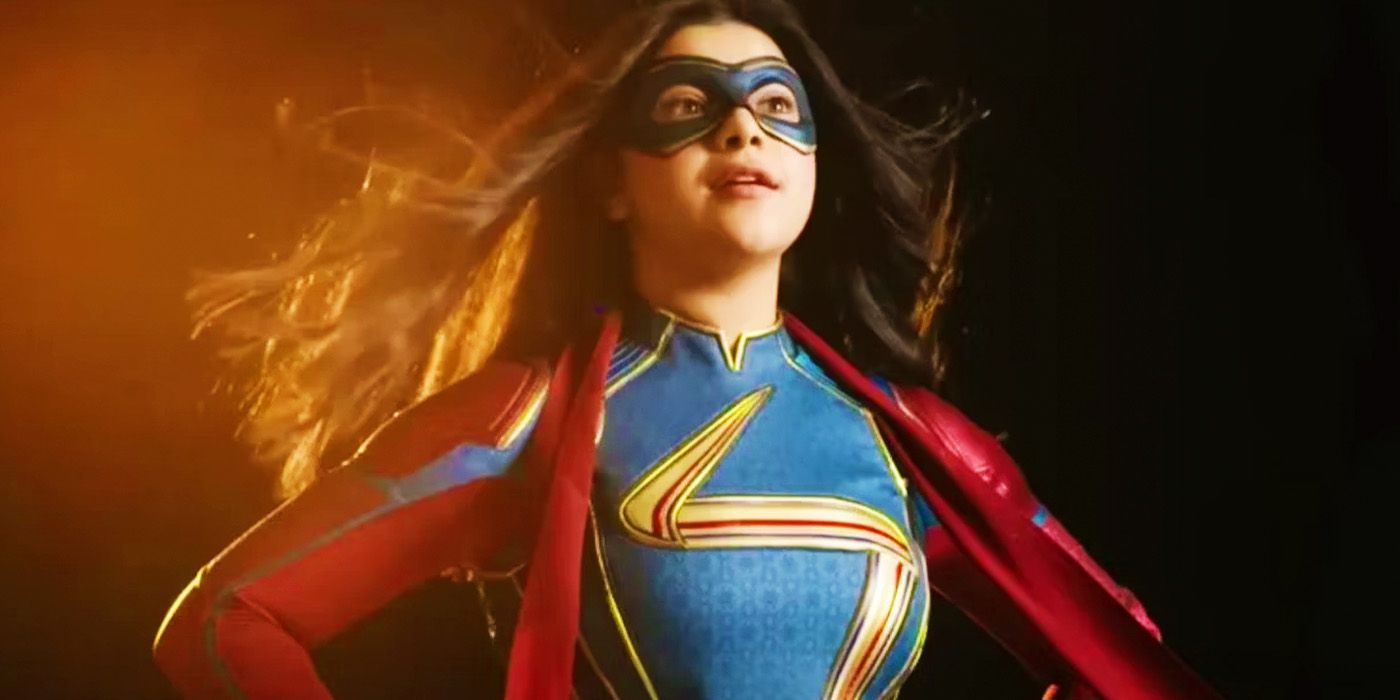
Being another newer addition to Marvel’s more popular heroes, the origins of Kamala Kahn has turned out to be just as flexible as her powers themselves. In the ending to Ms. Marvel, the Disney+ spin-off series, it was revealed that Kamala’s powers were actually the result of a latent mutant ability, going back on her supposed Inhuman heritage. The comics would follow suit soon after, explaining that Kamala had both Inhuman and mutant lineage. This change more than any other is a byproduct of Disney’s new license to use the X-Men, making Kamala one of the MCU’s first mutants.
4 Toad’s Tongue Becoming Part Of His Powers
The amphibian-based villain became more toad-like over time
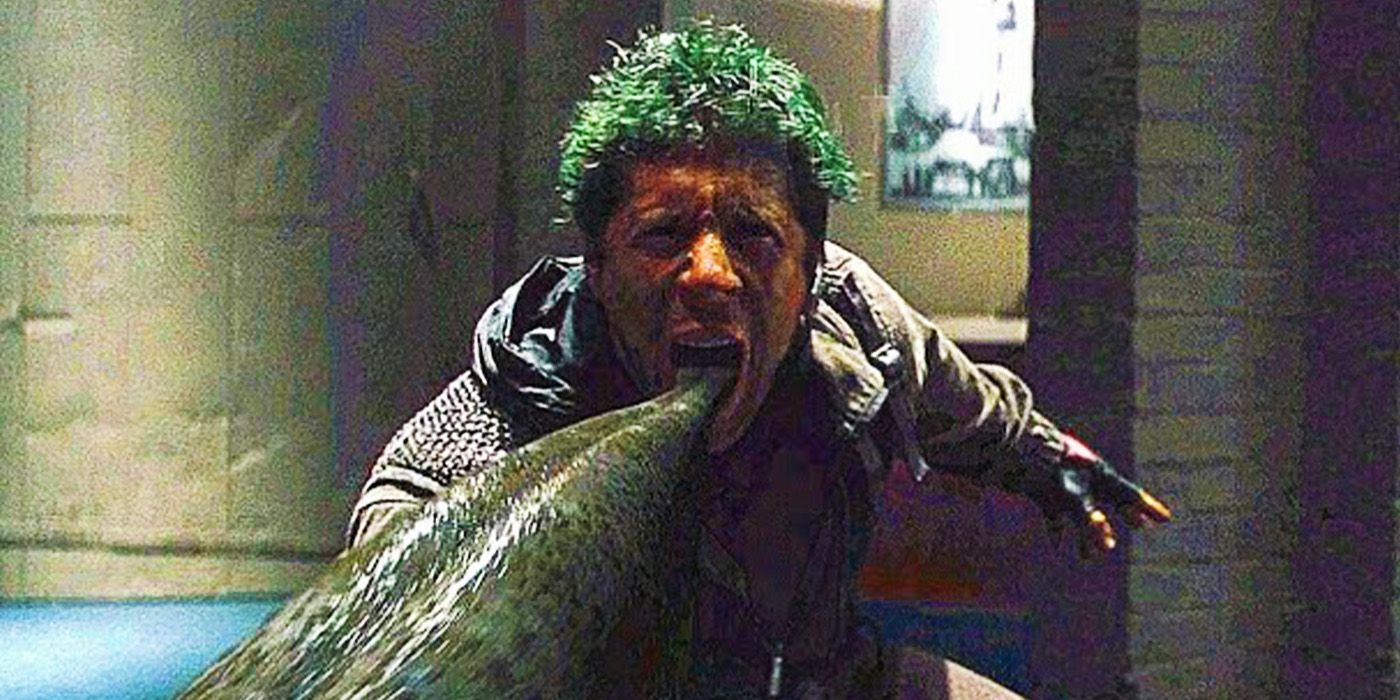
A staple recurring villain of the X-Men, if only a minor one, Toad is well-known by X-Men fans for his agility, prehensile tongue, and poisonous spit, alongside various other toad-based powers that come and go with his interpretation. Yet in the beginning, Toad was merely an evil mutant with the dazzling ability to jump slightly further than the average person. Far from an intimidating powerset, the movies made some much-needed changes to Toad’s abilities, including his trademark powerful tongue that the comics would go on to incorporate with the release of X-Men: Days of Future Past.
3 Rogue Lost Her Flight And Super-Strength
The tragic mutant heroine once had similar powers to Superman

One of the most adversely-affected by her mutant powers, much of Rogue’s stories in comics, movies, and TV shows alike revolve around her inability to make skin-to-skin contact with another person, lest she ferociously drain their life force and powers. The comics gave Rogue the added abilities of flight and super strength to balance out this deadly mutation, allowing her to contribute to fights without killing her opponents outright. However, the X-Men films stripped these powers away, and the comics quickly followed suit, though Rogue would go on to briefly gain Sunfire’s ability to control fire.
2 The Maximoff Twins Going From Mutants To Experiments
Quicksilver and Scarlet Witch were always an odd pairing for the X-Men
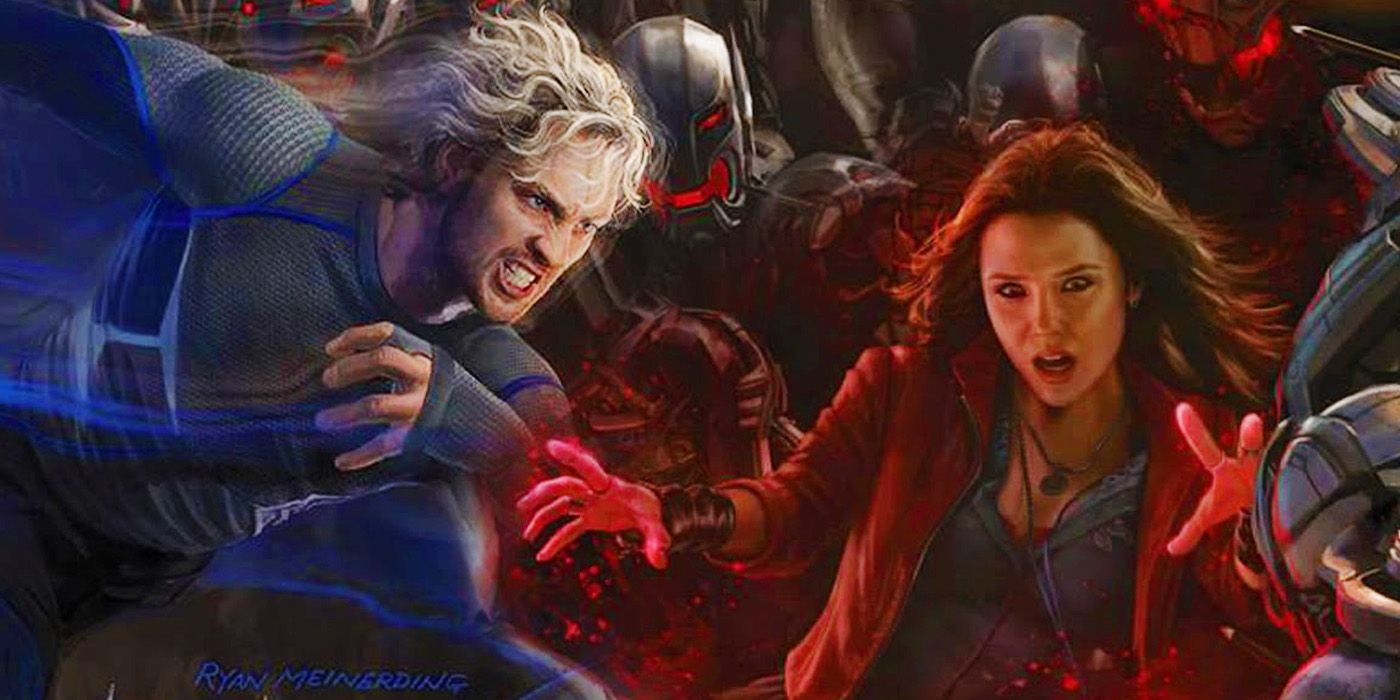
Originally, Quicksilver and Scarlet Witch were mutants, the children of Magneto who inherited his X-Gene. When the MCU originally incorporated the characters, however, they were forcibly separated from the mutant origins, their debut in Avengers: Age of Ultron instead explaining their powers as the result of experimentation. The comics would go on to retcon this change into the source material, explaining that Wanda and Pietro Maximoff were actually genetically-tampered subjects of the High Evolutionary passed off as mutants all along (via Comic Book.com), their real parents being normal humans Marya and Django Maximoff.
1 Spider-Man And His Amazing Friends Introduced Firestar
X-Men: Evolution wasn’t the first animated show to introduce a new X-Man
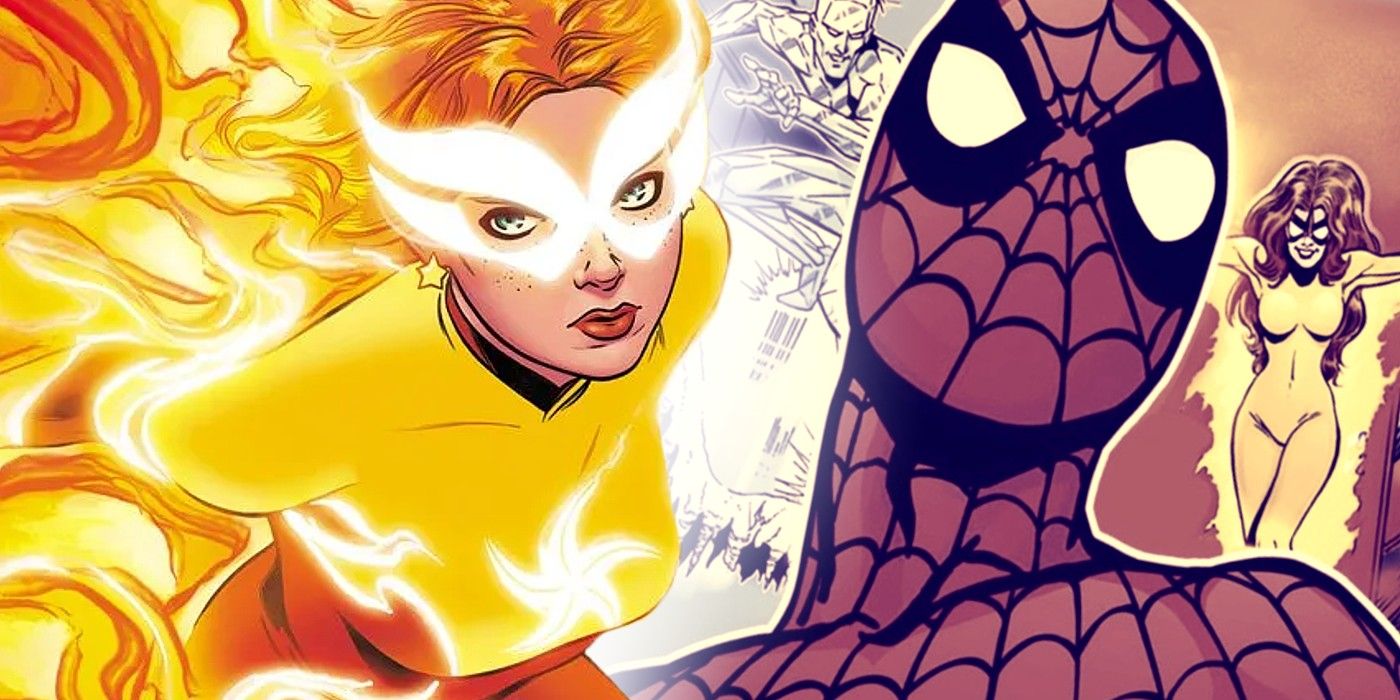
One of the more forgotten, if not terribly remembered Spider-Man animated series, Spider-Man And His Amazing Friends changed up the formula of the 80s series by adding some allies for Spider-Man to riff with. After deciding on the X-Man, Iceman, and being unable to secure the rights of the Human Torch, the show balanced out the roster with an original creation, the pyrokinetic mutant Firestar. Firestar was a welcome, if not revolutionary addition to the X-Men comics over time, though her and Iceman’s time living with Peter Parker and Aunt May was never commented on.
Key Release Dates
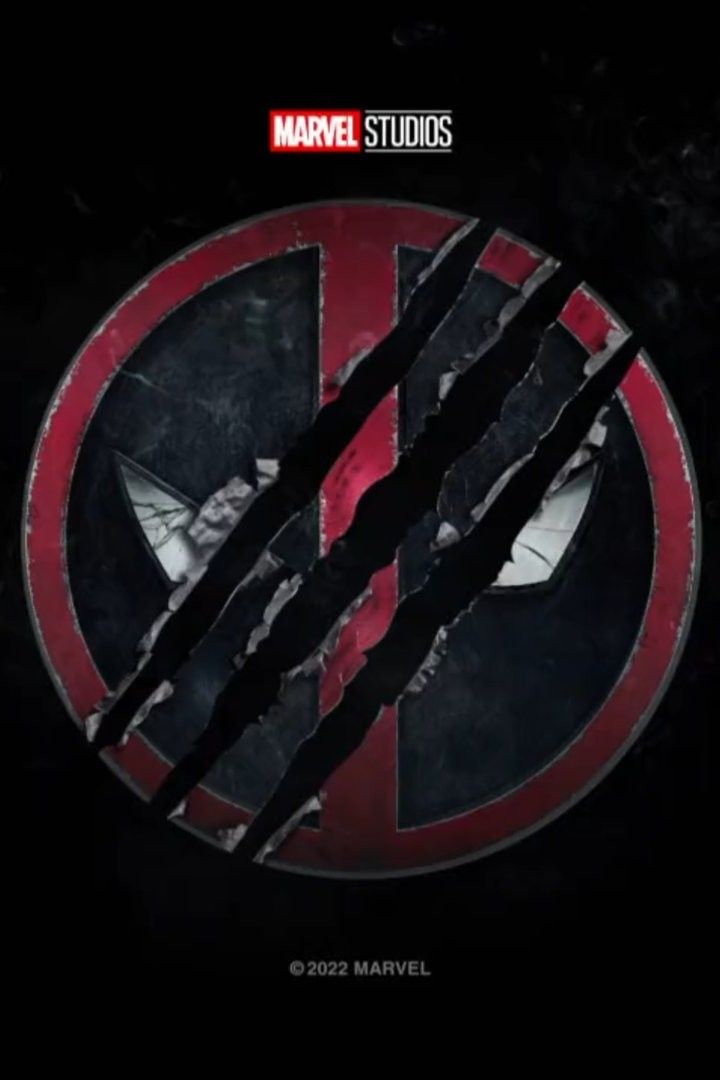
Deadpool 3
Release Date:2024-07-26
Captain America: Brave New World
Release Date:2025-02-14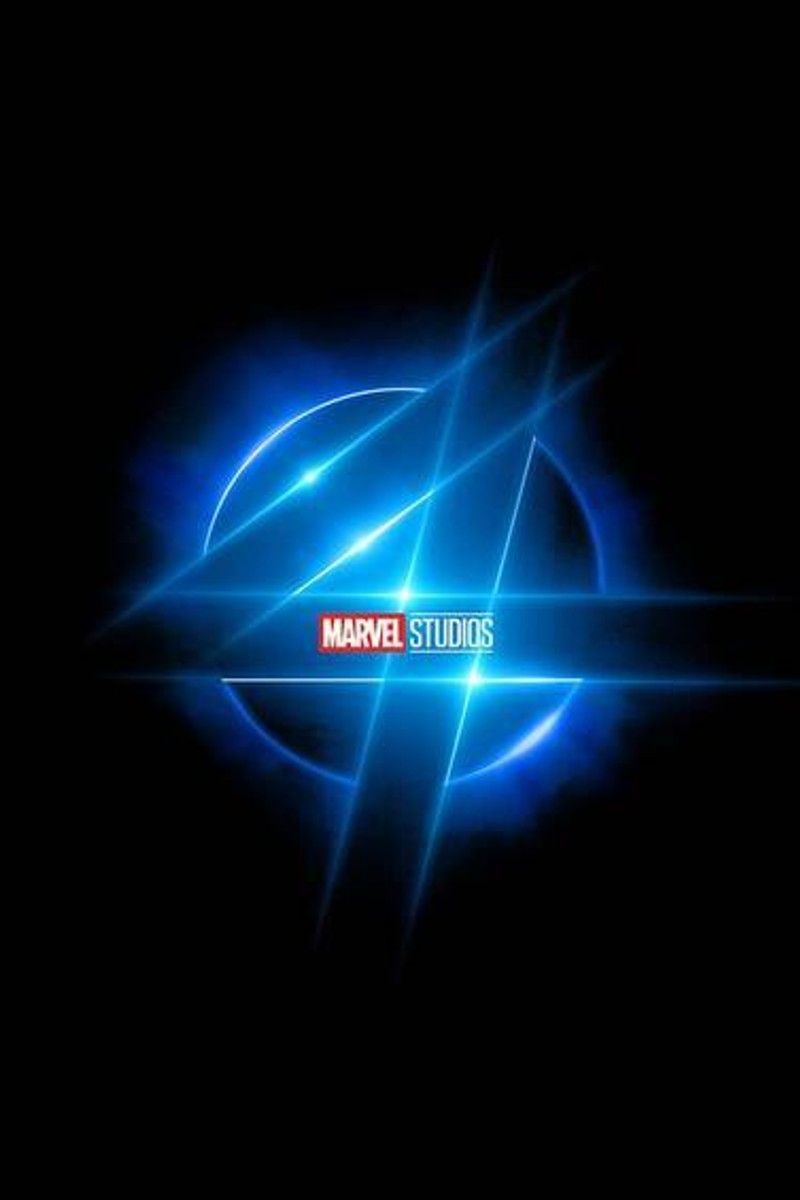
Marvel’s Fantastic Four
Release Date:2025-05-02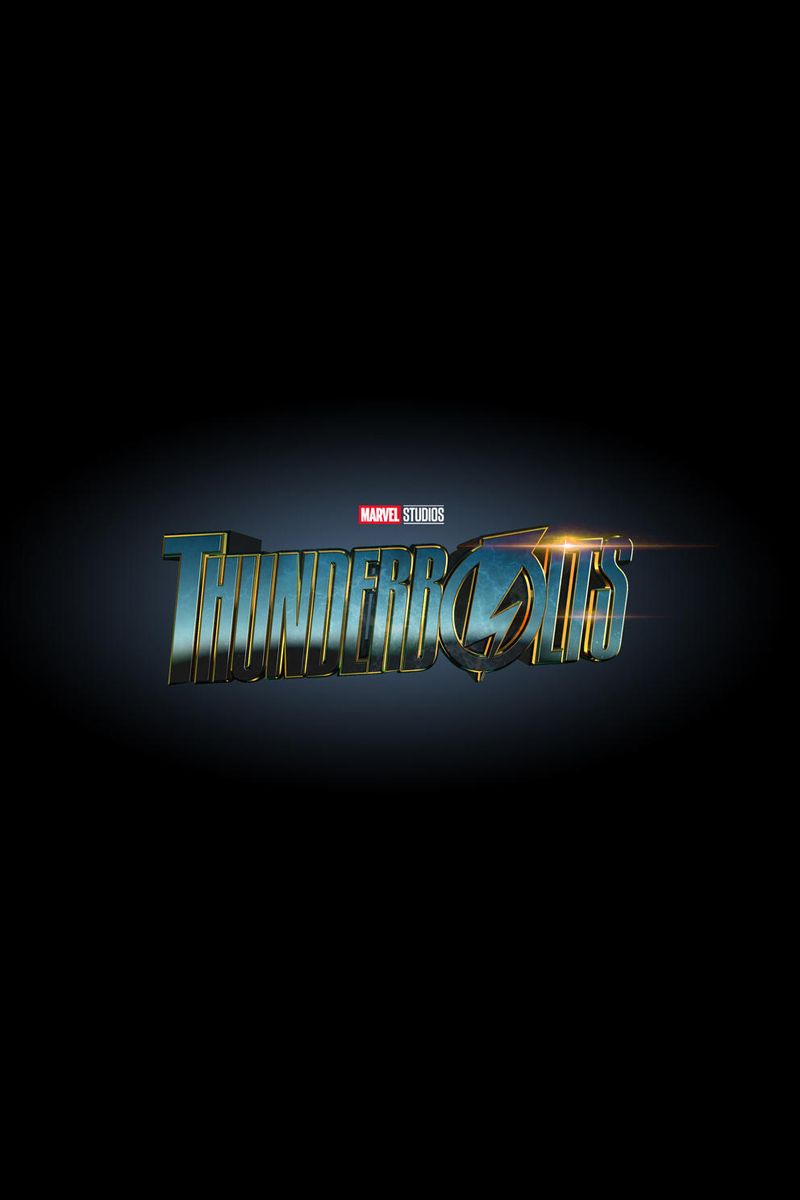
Marvel’s Thunderbolts
Release Date:2025-07-25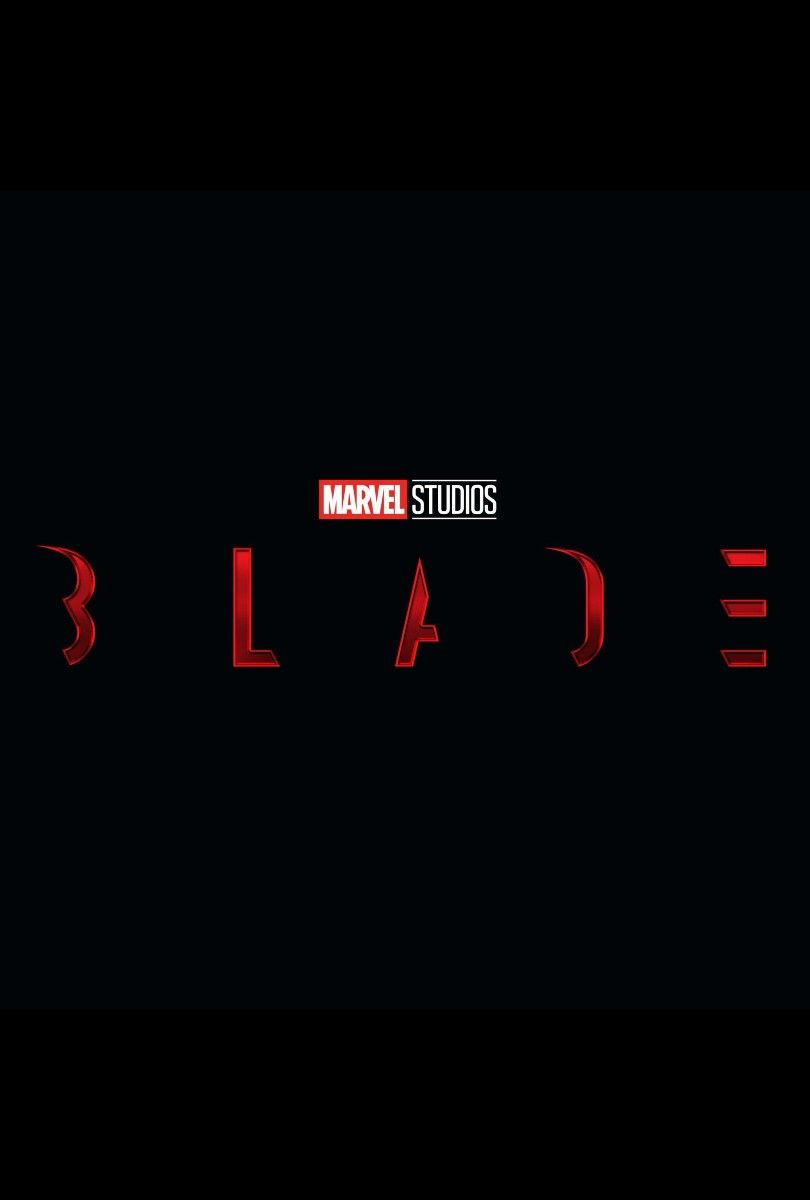
Blade (2025)
Release Date:2025-11-07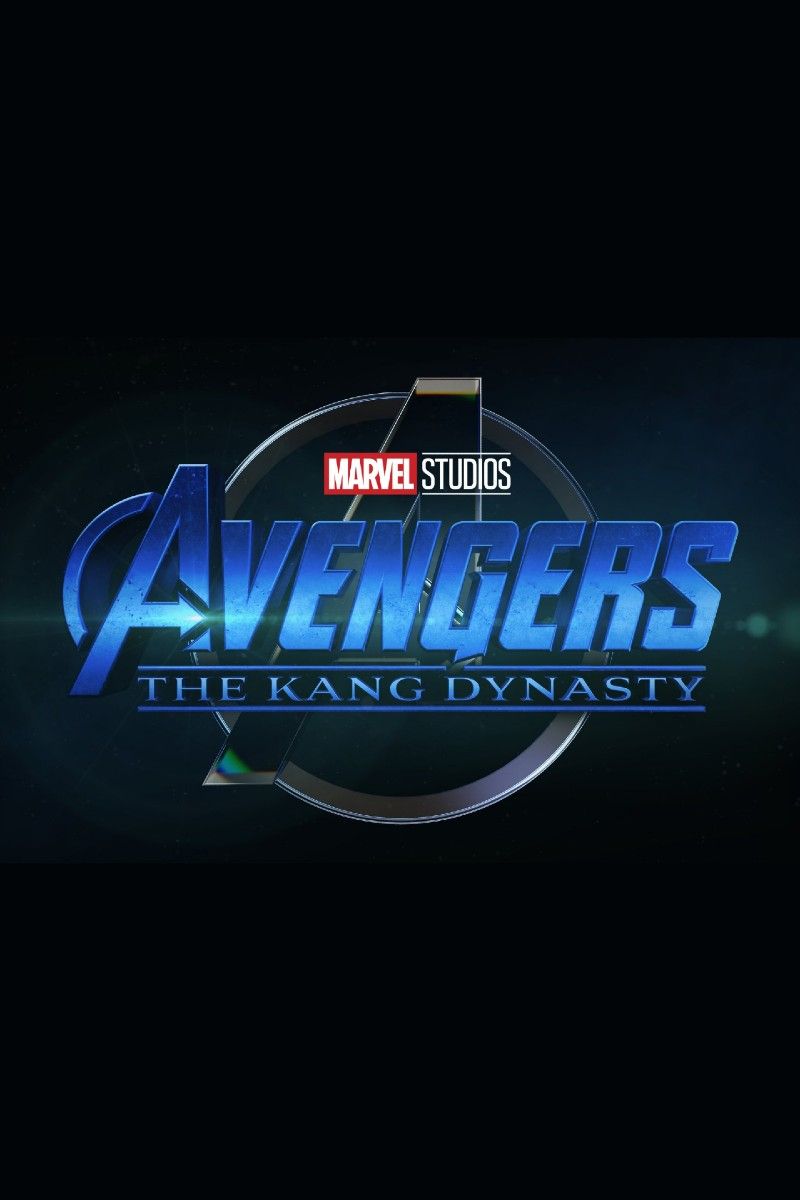
Avengers: The Kang Dynasty
Release Date:2026-05-01
Avengers: Secret Wars
Release Date:2027-05-07
